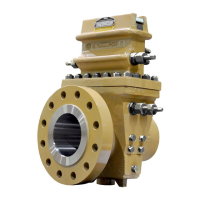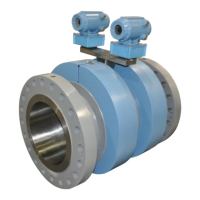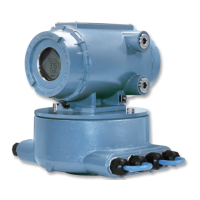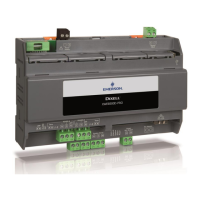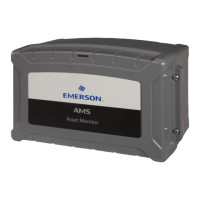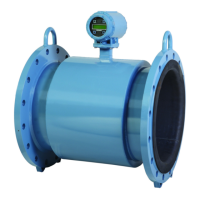Table 2-2: Environmental conditions (continued)
Parameter type Description
Low and freezing temperatures Low specific gravities or high viscosities reduce the flow range of
the turbine meter. Refer to Operating parameters for the LTM
for more information.
Populated areas For new installations, locate the turbine meter to an area that
has fewer than 10 buildings intended for human occupancy,
within an area that extends 200 meters (220 yards) radially from
the turbine meter. (Reference: Class 1 location. U.S. DOT, CFR
Title 49: Part 192.5)
Closed, poorly ventilated areas
and combustion sources
Install the turbine meter in a well ventilated area, not less than
one meter (approximately 3 feet) from source of ignition or
source of heat which might damage the unit.
Elevation No limit.
Humidity No limit.
Proximity to open flame Provide fire prevention measures and equipment per local
regulations.
Proximity to vehicular traffic The design of the turbine meter has not been assessed for the
effects of traffic loads.
2.1.3 Operating parameters for the LTM
Turbulant flow is detrimental and affects turbine meter linearity
(1)
. It can cause non-
homogeneous fluid cross-section and inconsistant back pressure, possibly resulting in
cavitation
(2)
. To correct the flow characteristics, use upstream and downstream piping
lengths per Figure 2-3).
Pipe fittings such as elbows and tees, and piping components such as valves and strainers
should be located far enough upstream to dissipate any flow disturbance before it reaches
the turbine meter. The use of flow straighteners or a flow conditioning plate greatly
influences turbine meter performance.
Specific gravity
The turbine meter is affected by specific gravity which may influence performance. The
effect of specific gravity on the turbine meter may be evidenced when it is below 0.7. As
specific gravity decreases, the lift forces on the turbine blade decreases. Likewise as
velocity decreases, lift forces decrease. These reduced lift forces are overtaken by bearing
friction as low rates are approached. Subsequently, linearity deteriorates at low flow rates
while measuring light fluids.
(1) Linearity is the total range of deviation of accuracy, expressed as a curve, between minimum and maximum flow rates.
The ideal accuracy curve of a volumetric meter, such as the turbine, is a straight line denoting a constant meter factor.
(2) Cavitation is the formation and collapse of vapor-filled cavities that result from a sudden decrease and increase in
pressure. Refer to Back pressure calculation for more information.
User manual Operating conditions and specifications
P/N 3-9008-515 March 2019
User manual 43

